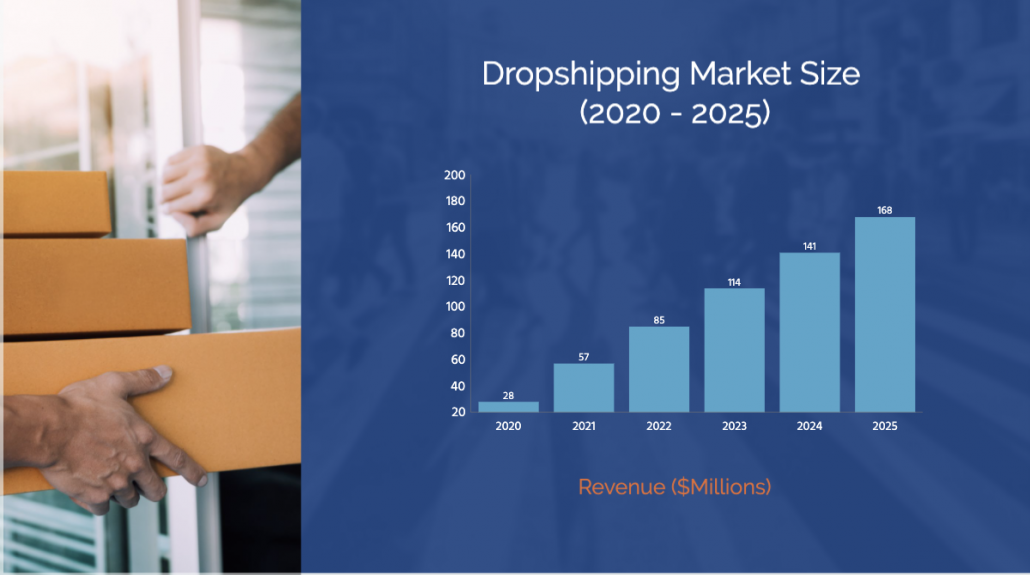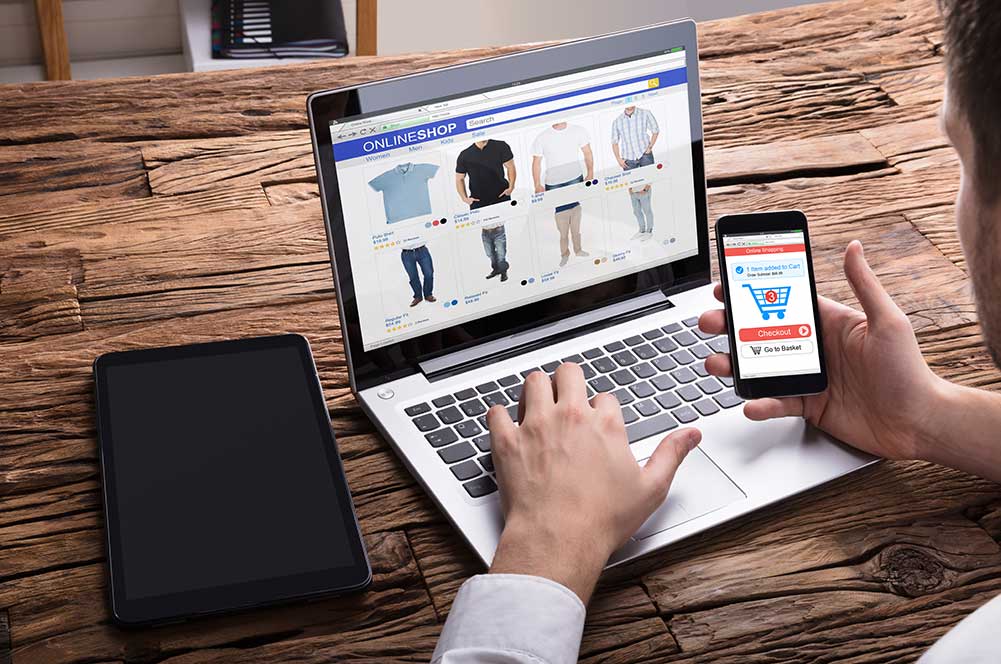admin
EDI pro tips, essential guides, expert advice - eZCom Software
If you sell your products to traditional retailers and major online marketplaces, Electronic Data Interchange (EDI) is an essential part of your business operations and integral to supply chain management. Most trading partners will require you to use it, and they will expect your company to meet the compliance standards they have established. If your organization is missing the mark, here are seven ways to improve your EDI process…
As a brand grows and expands its footprint to major retailers, it will be expected to process orders using Electronic Data Interchange (EDI). If you’re new to EDI, it can be challenging, time-consuming, and seem difficult to meet the compliance standards of your trading partners. In fact, as frustrations mount, you may find yourself asking: why do retailers use EDI?…
As companies grow, they turn to more powerful technology to track, manage, and forecast their business. For brands and suppliers selling to retail trading partners, that usually means implementing Enterprise Resource Planning (ERP) software. When they do, some will ask: can an ERP do EDI?…
Looking for ways to increase customer loyalty? You should be—repeat business is a formula for success. It’s easier to follow up a sale with another one—it’s getting the first purchase that’s the biggest challenge. But today’s consumers have more options than ever before, suppliers are often responsible for shipping to them directly, and building a base of frequent buyers requires careful attention. For brands and retailers, finding ways to increase customer loyalty should be a key initiative…
Drop shipping and online sales remain a bright spot in retail, and the opportunities they present for brands and suppliers can’t be ignored. According to a report from the National Retail Federation (NRF), non-store—outside of brick-and-mortar locations—and online retail sales are expected to grow between 11% and 13% in 2022. That translates to a market size of $1.17 trillion to $1.19 trillion. Clearly, online warrants serious focus, and major retailers now expect companies to drop ship direct-to-consumer. The challenge is that it’s an entirely different sort of order processing, requiring small shipments to hundreds of addresses instead of large shipments to a single store or distribution center. So the question is: how can you make drop shipping easier?…
Are your direct-to-consumer shipments not growing as fast as you would like? Are eCommerce store orders growing slowly? Then it’s time to consider a tactic embraced by many brands—SMS marketing for drop ship…
Maybe your company is a startup that launched by shipping products from your garage or a spare bedroom. But success means those kinds of solutions don’t work for long. At some point, growing companies need to tackle inventory and fulfillment in a real, efficient, and cost-effective way. That leads to consideration of two options, and the question for many is Warehouse or Fulfillment Center: What’s the difference?…
Choosing the Right eCommerce Platform for your Online Store. For most brands and suppliers, a productive and profitable multichannel approach to sales includes a robust, intuitive, and easily integrated platform that powers an eCommerce store. Even if a company has significant business in online marketplaces and through brick-and-mortar retail, today’s consumer will seek out products in multiple locations. The question is: what are the best platforms for eCommerce stores? As an EDI and online order processing software provider, we work with all the major platforms for eCommerce stores. Our experience, the broad range of customers we serve, and our integration expertise give us valuable insight that can help you choose the platform that is best for your business. Our opinions…
Business is growing. Brand recognition is up. And drop ship orders are soaring. Great news, except that EDI and order processing seems to consume more and more time. How can a company scale, and process more EDI transactions and orders in less time? The solution: automate EDI and order processing as much as possible…








